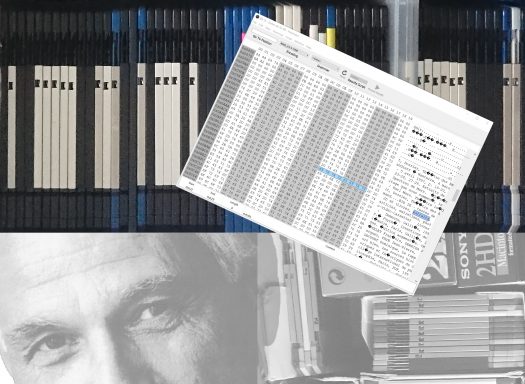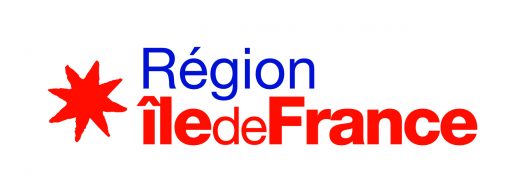The project
The Institut des Textes et Manuscrits Modernes (ITEM, UMR 8132), the LIP6 (UMR 7606) and the Loria (INRIA, Nancy) are developing a programme to exploit the born-digital archives of the philosopher Jacques Derrida deposited at the Institut Mémoire de l’édition contemporaine (IMEC). The archives that writers entrust to libraries are increasingly made up of computers and digital media. Preserving, describing and exploiting these new digital collections is a major challenge, both for conservation institutions and for researchers.
By using the exploration tools developed by computer forensics and, more generally, AI, the “Derrida Hexadecimal” project aims to develop a 21st century codicology adapted to the born-digital traces stored on digital media.
To do so, it will rely on the corpus of Jacques Derrida’s digital archive (floppy disks, Iomega Zip, Syquest, internal hard drives), which is exemplary in many respects. On the one hand, this philosopher is a privileged witness to the digital mutation that has been taking place since the mid-1980s, which allows us to observe in its nascent state the revolution in writing practices and the transformation of archiving practices induced by what he called “text processing machines”.
On the other hand, for fear of an accidental loss of data, he multiplied the copies of the texts he was working on. As a result, the digital archive contains a mass of folders and files with the same name but not necessarily the same content (and vice versa). This redundancy spreads both within a given medium (partially identical sub-trees can be found at different points in the overall tree structure) and between different media.
The Derrida archive has been entrusted to us with the aim of launching an unprecedented research project based on the exploitation of born-digital traces. On the one hand, the archive can be edited from a philological perspective; on the other hand, the ordering of the different versions of a given text is of great interest to genetic criticism. As far as the DIM network is concerned, the project offers the advantage of creating a chain of production, extraction, exploitation of data as well as of XML/TEI editing of the extracted files. This is how we will contribute to the DIM network.
Members
ENS - CNRS, Institut des textes et manuscrits modernes UMR 8132
ENS - CNRS, ITEM - UMR8132
ENS - CNRS, ITEM - UMR8132
Sorbonne Université - LIP6
INRIA, Nancy





